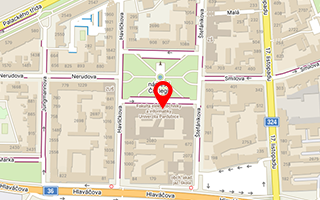Publikace detail
Using Simple Genetic Algorithm for a Hand Contour Classification: An Experimental Study
Autoři:
Moravec Jaroslav
Rok: 2020
Druh publikace: článek ve sborníku
Název zdroje: Artificial Intelligence and Bioinspired Computational Methods : Proceedings of the 9th Computer Science On-line Conference 2020, Vol. 2
Název nakladatele: Springer Nature Switzerland AG
Místo vydání: Cham
Strana od-do: 93-109
